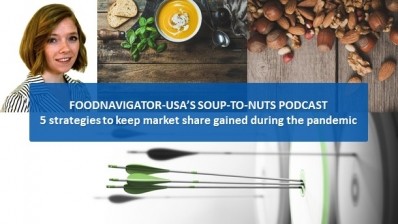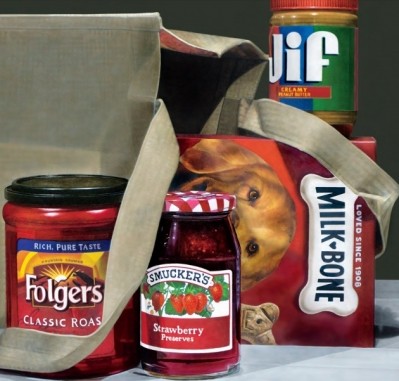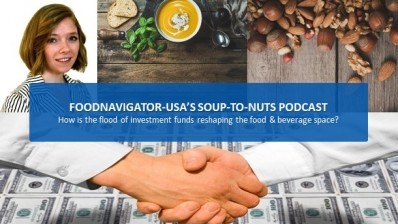Deal-making rebounds and increase in exits frees funds for more early stage investments

“When we got into the COVID pandemic in March and April and May, deals dropped off” from 1,910 transactions in January 2020 to a low of 895 in April, Nick McCoy, managing partner at Whipstitch Capital, told attendees at New Hope Network’s virtual Spark Change conference this week.
But, he added, “that number slowly came back over the summer and is now restored to numbers that look very much like they did before COVID,” with 2,110 transactions in December and 1,712 in January.
While the resuscitated activity is reassuring for many in the consumer goods industry, what is more notable is the sharp increase in the value of those deals, which were twice as high in January at $100m in aggregate as the January before COVID when they reached $500m in aggregate, McCoy said.
“The deals are getting larger … because the base of buyers is actually increasing,” McCoy explained. “It’s no longer just the large CPGs, the names everybody knows. We also have more private equity, which is typically focused on other industries, moving in.”
In addition, McCoy noted, the rise in SPACs – special purpose acquisition companies, which are essentially public companies that raise money to do a deal – also is fueling more deals as they tend to have a “pretty high appetite for add-on acquisitions to increase their EBITDA base.”
This influx of investors and SPACs is helping to create a high velocity exit industry in which increased exits free up funds to be reinvested at a higher rate into early stage companies – allowing for more innovation, McCoy explained.
“If we were just depending on larger CPG buyers alone, we would end up with a choke point where the number of exits is not enough to create the dollars that are going to go back into the limited partners that fund the funds that eventually go to fund early stage companies,” he explained. “The more exits we have, the more dollars to get recycled into investment funds and super angels and family offices that fun early stage innovation.”
Brand platforms proliferate as building model
Exit options also are increasing as a trend towards brand platforms arises and replaces the old model of growing single entities or brands as quickly as possible to make them appealing to a big CPG company, McCoy noted.
“Because EBITDA is a focus of these new buyers, the SPACs and private equity more than ever in big CPGs … [there is] more vertical integration,” most often in the form of co-packers merging with or acquiring brands, he explained.
“This is actually pretty interesting because it can create a lot of supply chain efficiency, particularly around freight and warehousing … and it also provides a bigger base or a bigger EBITDA base to grow a brand,” McCoy said.
However, he cautioned, the one potential hang-up with this model is that co-packers historically are focused on hard assets and may not be as experienced in creating strong margins by building an intangible asset, such as a brand and what it represents.
Horizontal integration emerges as strategy on strength of more experienced founders
A third driver behind the increase in exits is an emergence of horizontal integration, in which multiple brands come together across categories to create a pooled value that is higher and more appealing to large CPG companies, McCoy noted.
Historically, this model has been more difficult to pull off as it increases operational complexity, but McCoy explained “there’s more and more talent from big companies and from founders that have exited” that have the experience and knowledge to efficiently run these companies and manage multiple brands and teams.
Ultimately, McCoy said, “having these new exit opportunities is going to increase the amount of capital for early stage,” which is already happening, and create new opportunities for collaboration and community building between industry players – even ‘competitors’ – for an overall stronger industry.









